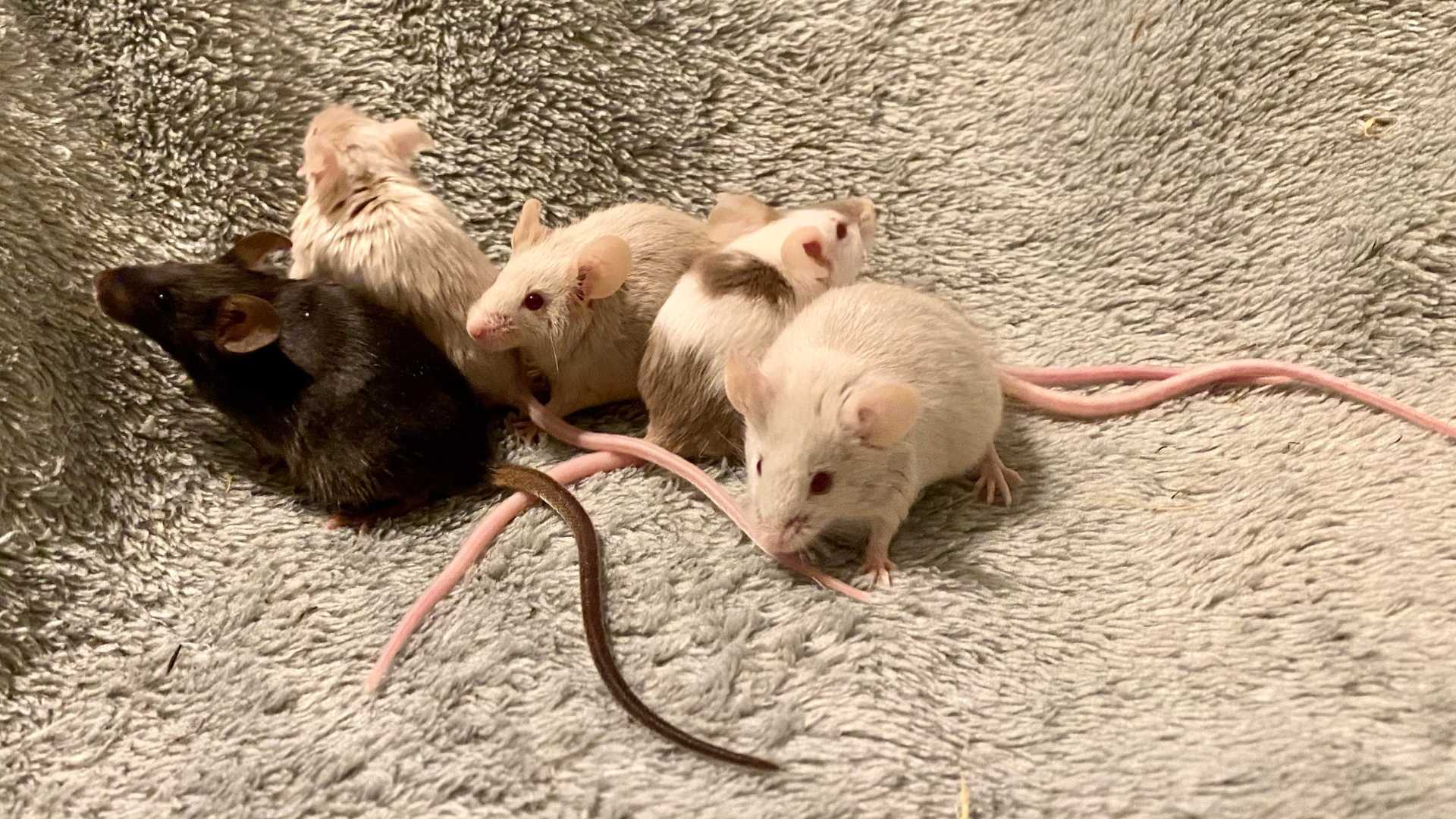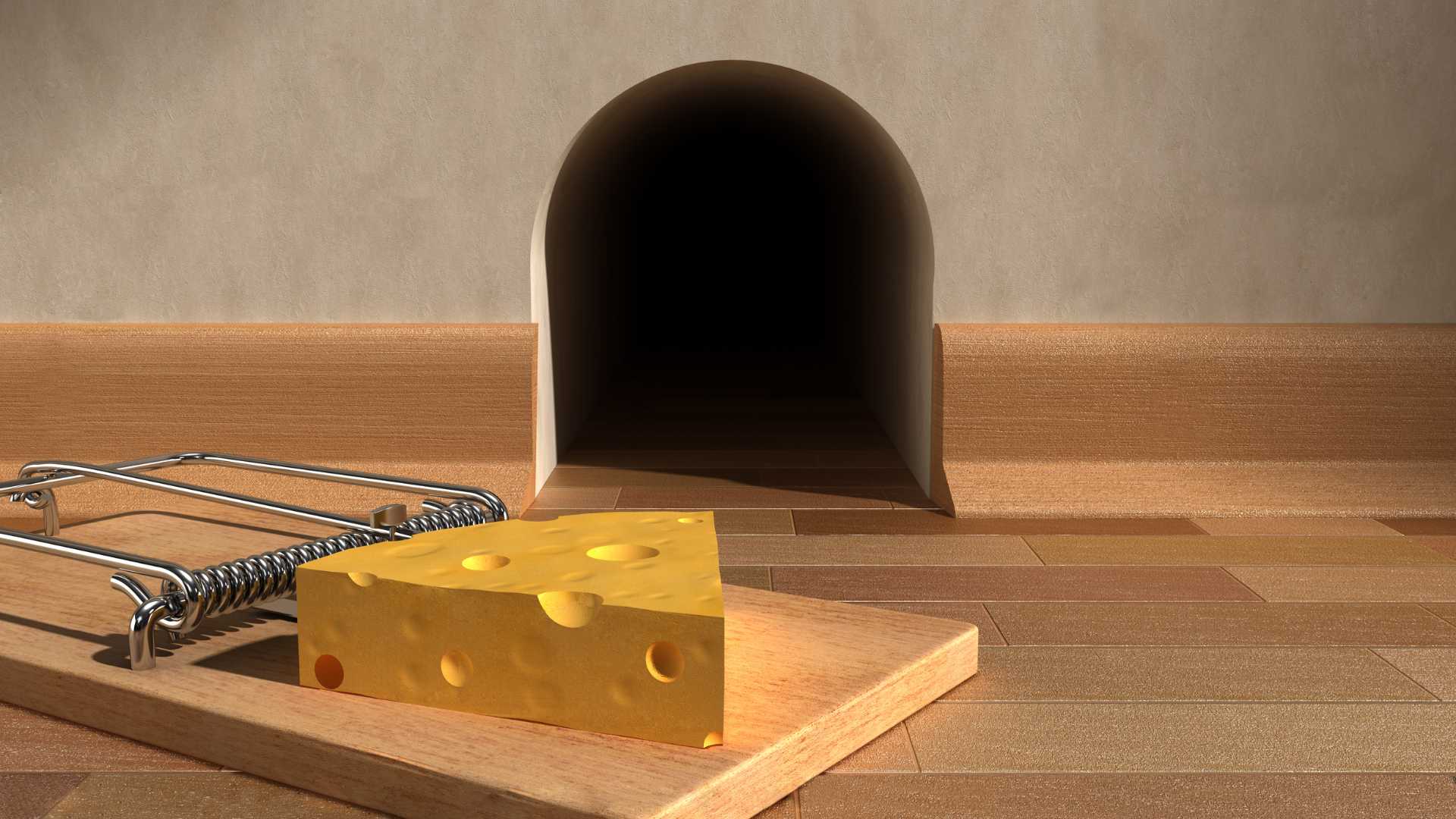Mice infestations can be frustrating, especially when you’ve set out poison baits, but they remain untouched. If you’ve noticed that mice aren’t eating the poison you placed, you’re not alone.
Many homeowners and businesses face this issue, and understanding why it happens is the first step toward an effective solution. In this guide, we’ll explore the reasons mice might be avoiding poison and how you can adjust your approach for better results.
Common Reasons Mice Avoid Poison Baits
Mice can be surprisingly picky when it comes to consuming poison. If you’ve set out bait but it remains untouched, there’s a reason behind their behavior.
Bait Shyness (Poison Aversion)
Mice are naturally cautious creatures. If they consume bait and start feeling sick, they may associate the food source with danger and avoid it in the future.
This is called
poison shyness or poison aversion. In cases where mice have previously encountered poison that made them ill, they learn to stay away from it.
Unappealing Bait Formulation
Not all rodenticides are equally appealing to mice. Some baits may dry out, lose their scent, or simply not be as enticing as other available food sources.
If there’s pet food, crumbs, or other accessible snacks, mice may ignore poison bait in favor of something more appealing.
Incorrect Placement of Bait Stations
Mice follow specific travel paths along walls and hidden corners. If the poison is placed in an open area where they don’t normally go, they may never encounter it.
Additionally, if bait stations are in areas with high human activity, mice may be too scared to approach them.
Bait Type and Resistance
Rodenticide resistance is another factor. Some mouse populations have developed resistance to first-generation anticoagulants, meaning they can consume the poison without experiencing lethal effects.
If you’re using an ineffective bait type, you may need to switch to a different formulation.
Signs That Your Rodenticide Strategy Isn’t Working
If mice aren’t eating the poison, here are some signs that indicate your control strategy may not be effective:
- Mice remain active even after bait has been placed.
- You notice fresh droppings or gnaw marks near bait stations, but the poison remains untouched.
- Mice are eating other available food sources instead of the bait.
- Dead mice are not appearing, suggesting the poison isn’t working or being consumed.
If you notice any of these signs, it’s time to reconsider your rodent control approach.
How to Make Mice Eat Poison More Effectively
If mice are ignoring poison, small adjustments in your approach can make a big difference.
Choosing the right bait, placing it strategically, and removing alternative food sources will increase the chances of success.
Below are key strategies to make poison more effective in controlling your mouse problem.
Choosing the Right Bait Type
To increase the chances of mice eating poison, consider these baiting strategies:
- Use fresh, high-quality rodenticides that contain attractive food-based ingredients.
- Try soft bait or liquid poison if pellet baits are being ignored.
- Switch bait types periodically to maintain effectiveness.
Enhancing Bait Placement Strategies
Proper placement is crucial for effective
rodent control. Here’s how to optimize your bait stations:
- Identify mice entry points where they frequently travel, such as along walls, behind appliances, and inside cabinets. If you suspect mice living in couch, check for droppings, gnaw marks, or nesting materials hidden in the cushions.
- Place bait in dark, undisturbed areas where mice feel safe.
- Use multiple bait stations to increase exposure.
Eliminating Competing Food Sources
If mice have access to other food, they’re less likely to eat the poison. Reduce food competition by:
- Storing food in sealed containers.
- Cleaning up crumbs, spills, and pet food.
- Emptying trash bins regularly.
Rotating Rodenticides to Overcome Resistance
If mice are resistant to a specific poison, switch to a more effective option:
- Use second-generation anticoagulants if first-generation ones aren’t working.
- Rotate between different active ingredients to prevent resistance buildup.
- Consider using non-anticoagulant poisons if mice continue to survive exposure.
When to Consider Alternative Rodent Control Methods
If poison isn’t delivering results, it may be time to consult a
pest control expert. Professionals have the experience and tools to address persistent infestations effectively. Here are some expert-backed alternatives:
- Traps: Pest control specialists can recommend and strategically place snap traps, electronic traps, or live traps for maximum effectiveness.
- Exclusion Techniques: Experts identify and seal entry points using materials like steel wool, caulk, and door sweeps, preventing rodents from re-entering.
- Professional Treatment Plans: A pest control professional assesses the infestation, determines why previous methods failed, and implements a tailored solution, which may include advanced baiting strategies, habitat modifications, or specialized exclusion techniques.
Relying on a pest control expert ensures a comprehensive approach, eliminating rodents efficiently and preventing future infestations.
Conclusion: Adjusting Strategies for Success
If mice aren’t eating poison, it’s important to reassess your approach. The key to successful rodent control is using the right bait, placing it in optimal locations, and eliminating alternative food sources.
If poison alone isn’t effective, integrating other control methods like traps and exclusion techniques can help. By making strategic adjustments, you can regain control over your home or business and prevent future infestations.

